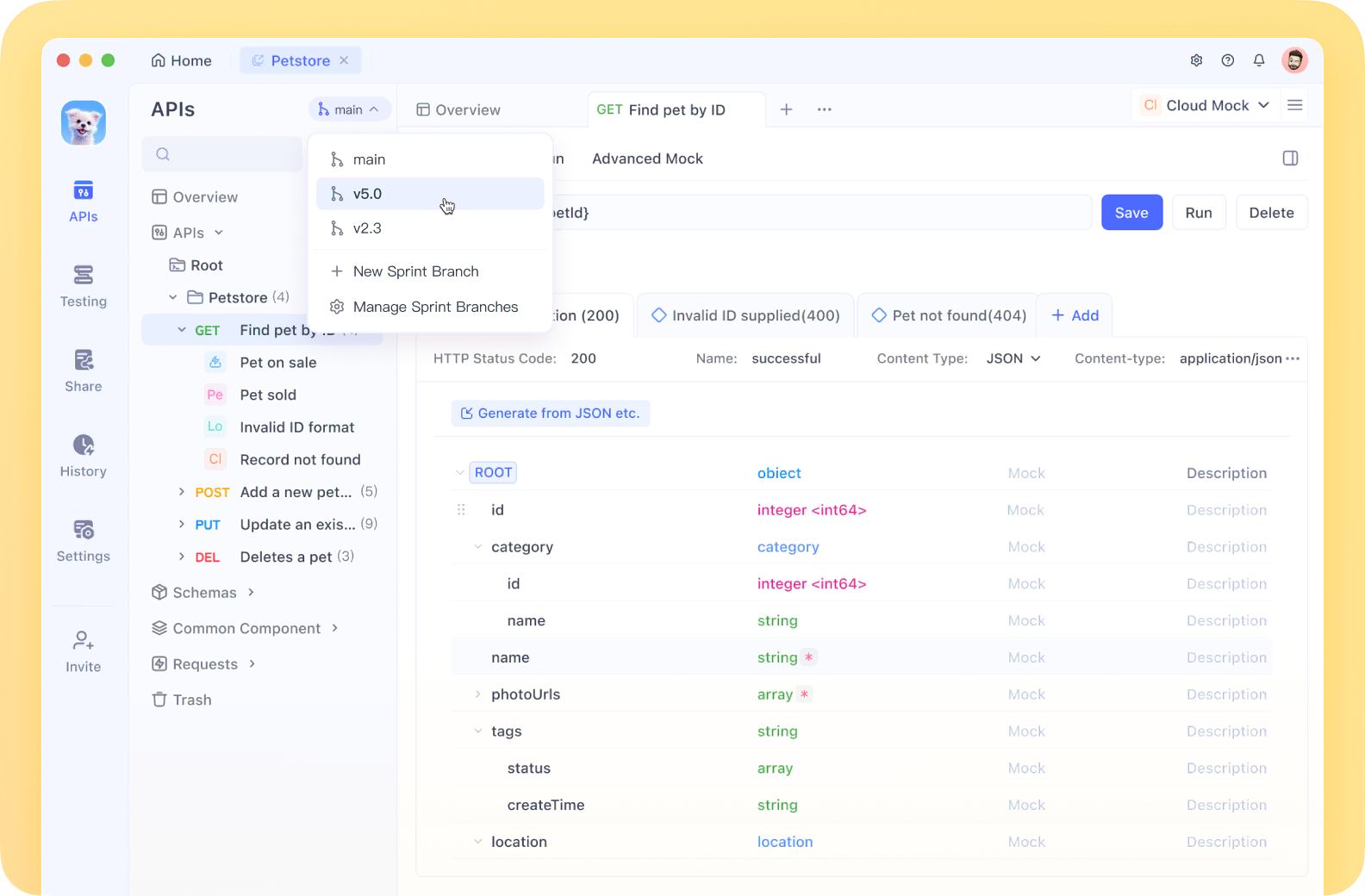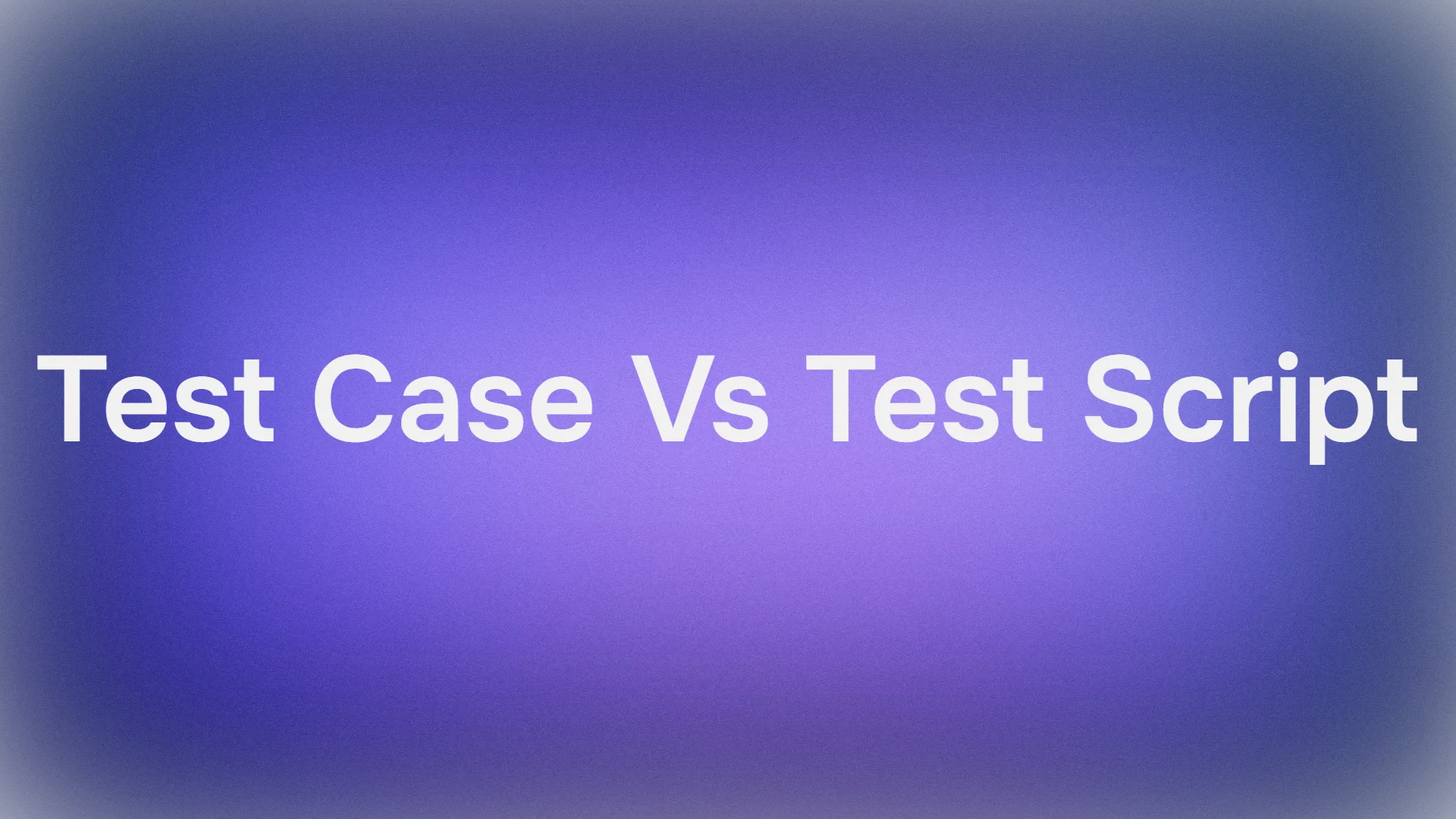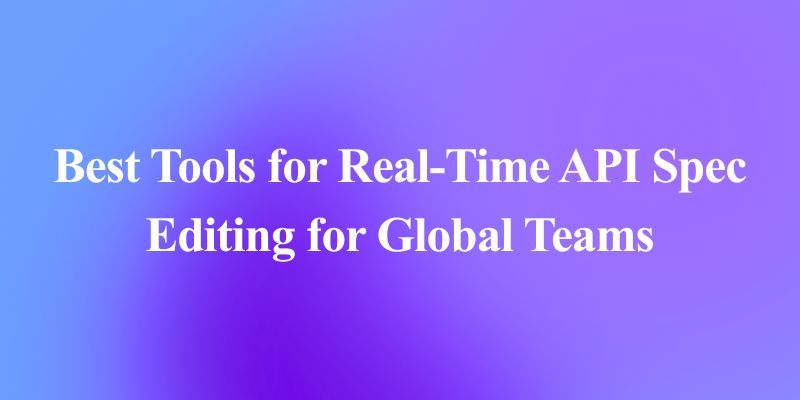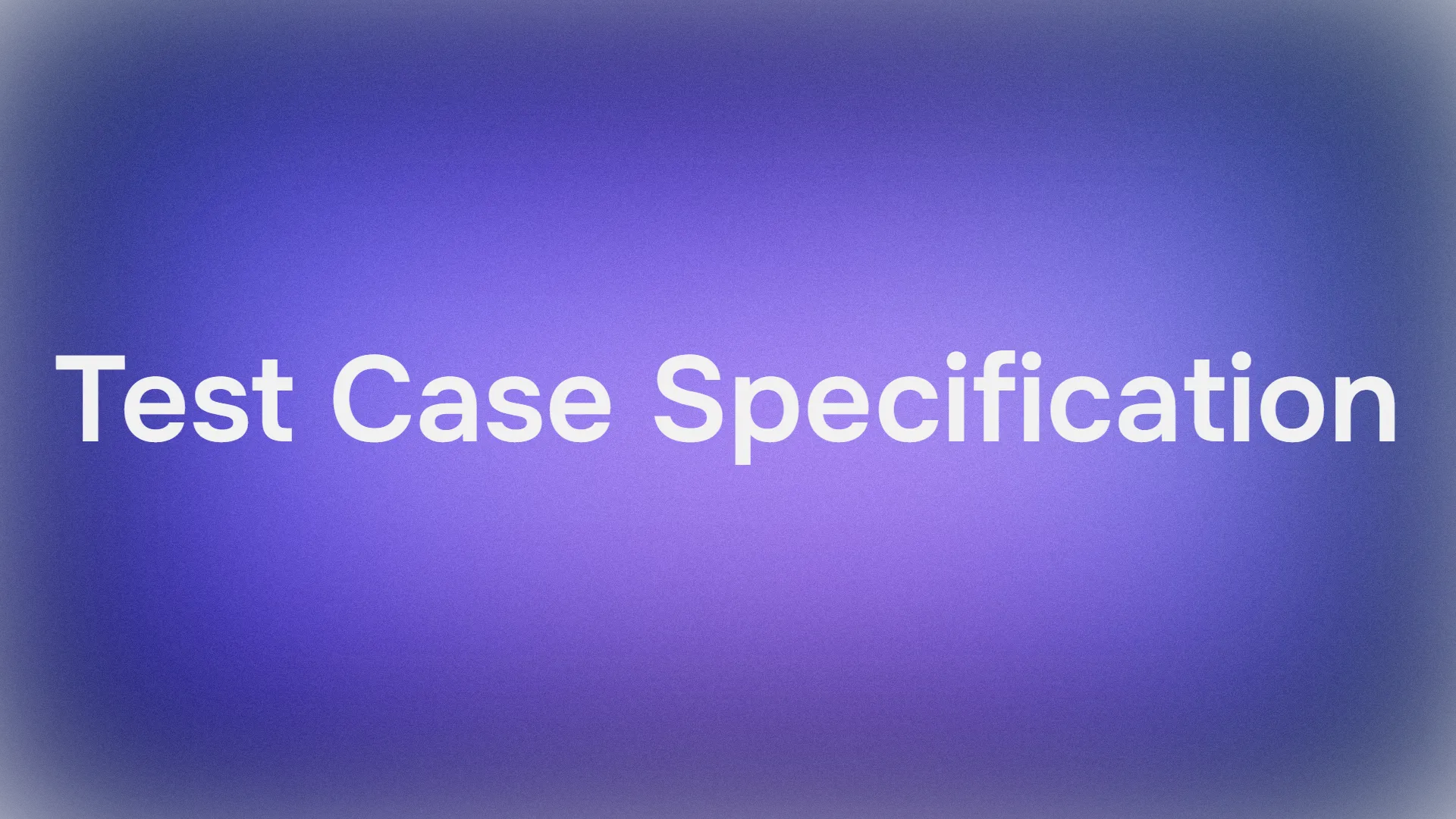The landscape of text-to-speech (TTS) technology is advancing at breakneck speed, moving far beyond the robotic voices of the past. Modern AI-driven TTS systems can produce remarkably realistic and expressive human speech, creating new possibilities for content creators, developers, and businesses. While sophisticated cloud-based services like Eleven Labs have led the charge with high-fidelity output and voice cloning, they often come with subscription costs, data privacy considerations, and limited user control.
This is where open-source TTS models are making a significant impact. Offering transparency, flexibility, and community-driven innovation, they present compelling alternatives. A standout newcomer in this space is Dia-1.6B, developed by Nari Labs. This model, featuring 1.6 billion parameters, excels not just at standard TTS but is specifically engineered for generating lifelike dialogue, complete with non-verbal cues and controllable voice characteristics.
This article provides a comprehensive guide to Dia-1.6B. We'll explore its unique capabilities, detail why it stands as a strong open-source challenger to established platforms, walk through the steps to run it on your local hardware, cover its technical requirements, and discuss the essential ethical considerations surrounding its use. If you seek a potent, adaptable, and transparent TTS solution under your direct control, Dia-1.6B warrants serious consideration.
Want an integrated, All-in-One platform for your Developer Team to work together with maximum productivity?
Apidog delivers all your demands, and replaces Postman at a much more affordable price!

What is Dia-1.6B? An Introduction
Dia-1.6B is a large language model tailored for text-to-speech synthesis, created by Nari Labs and made available through the Hugging Face platform. Its primary distinction lies in its optimization for generating conversational dialogue rather than isolated sentences.
Dia is absolutely stunning 🤯
— Victor M (@victormustar) April 22, 2025
1.6B parameter TTS model to create realistic dialogue from text. Control emotion/tone via audio conditioning + generates nonverbals like laughter & coughs. Licensed Apache 2.0 🔥
⬇️ Sharing the online demo below pic.twitter.com/b7jglAcwbG
Key characteristics include:
- Model Size: With 1.6 billion parameters, Dia possesses the capacity to capture intricate speech nuances, including intonation, rhythm, and emotional tone.
- Dialogue Generation: It's built to process scripts containing multiple speakers. Simple tags like
[S1]and[S2]designate different speakers, enabling the creation of natural-sounding back-and-forth conversations. - Non-Verbal Communication: To enhance realism, Dia can directly generate common non-verbal sounds like laughter (
(laughs)), coughs ((coughs)), or throat clearing ((clears throat)) when these cues are included in the input text. - Audio Conditioning: Users can influence the output voice by providing an input audio sample. This feature allows for control over the generated speech's emotion and tone and forms the basis for its voice cloning capabilities.
- Open Weights & Code: Dia-1.6B is released with open model weights and inference code under the permissive Apache 2.0 license. This allows anyone to download, examine, modify, and utilize the model freely, promoting collaboration and transparency. The model weights are hosted on Hugging Face.
- Language Support: Currently, Dia-1.6B exclusively supports English generation.
Nari Labs also provides a demo page comparing Dia-1.6B to ElevenLabs Studio and Sesame CSM-1B, and thanks to Hugging Face's support, a ZeroGPU Space is available for users to try the model without local setup.
Key Features of Dia-1.6B
Dia distinguishes itself through several core features:
- Realistic Dialogue Synthesis: Its architecture is specifically tuned to generate natural-sounding conversations between multiple speakers indicated by simple text tags.
- Integrated Non-Verbal Sounds: The ability to produce sounds like laughter or coughing directly from text cues adds a significant layer of authenticity often missing in standard TTS.
- Voice Cloning and Conditioning: By providing a reference audio sample and its transcript (formatted correctly), users can condition the model's output to mimic characteristics of the sample voice or control its emotional tone. An example script (
example/voice_clone.py) is available in the repository. The Hugging Face Space also allows uploading audio for cloning. - Open Source Accessibility: Released under the Apache 2.0 license with open weights, Dia empowers users with full access to the model for research, development, or personal projects, free from vendor restrictions.
Dia-1.6B vs. Elevenlabs vs Sesame 1B: A Quick Comparison
pic.twitter.com/kaFdal8a9n Lets go, an Open Source TTS-Model that beats Elevenlabs and Sesame 1b at only 1.6b.
— Chubby♨️ (@kimmonismus) April 22, 2025
Dia 1.6b is absolutely amazing. This gets hardly better. https://t.co/mCAWSOaa8q
While platforms like Eleven Labs offer polished interfaces and high-quality results, Dia-1.6B provides distinct advantages inherent to its open-source, local-first approach:
- Cost: Cloud services typically involve subscription fees or usage-based pricing, which can become substantial. Dia-1.6B is free to download and use; the only costs are the hardware investment and electricity consumption.
- Control & Privacy: Using cloud TTS means sending your text data to external servers. Running Dia locally ensures your data remains entirely on your machine, offering maximum privacy and control, which is vital for sensitive information.
- Transparency & Customization: Open weights allow for inspection and, more importantly, fine-tuning on specific datasets or voices for unique applications. This level of customization is generally impossible with closed, proprietary systems.
- Offline Capability: Cloud platforms necessitate an internet connection. Dia, once installed, can run entirely offline, making it suitable for environments with limited connectivity or heightened security needs.
- Community & Innovation: Open-source projects benefit from community contributions, including bug fixes, feature enhancements, and novel applications, potentially accelerating progress beyond a single vendor's capacity. Nari Labs encourages community involvement via their Discord server.
- Freedom from Vendor Lock-in: Relying on a single proprietary service creates dependency. If the provider alters pricing, features, or terms, users have limited options. Open source offers the freedom to adapt and switch.
Choosing Dia-1.6B means opting for greater control, privacy, and cost-effectiveness at the expense of convenience and hardware requirements.
Getting Started: Running Dia-1.6B Locally

Here’s how to set up and run Dia-1.6B on your own computer, based on Nari Labs' instructions.
Hardware Requirements
- GPU Dependency: Currently, Dia-1.6B requires a CUDA-enabled NVIDIA GPU. CPU support is planned but not yet implemented.
- VRAM: The full model needs approximately 10GB of GPU memory. This typically requires mid-range to high-end consumer GPUs (like RTX 3070/4070 or better) or enterprise cards (like the A4000). Future quantized versions aim to reduce this significantly.
- Inference Speed: Performance is GPU-dependent. On enterprise GPUs, generation can be faster than real-time. On an NVIDIA A4000, Nari Labs measured roughly 40 tokens/second (where ~86 tokens constitute 1 second of audio). Older GPUs will be slower.
For users without suitable hardware, Nari Labs suggests trying the Hugging Face ZeroGPU Space or joining the waitlist for access to potentially larger, hosted versions of their models.
Prerequisites
- GPU: A CUDA-enabled NVIDIA GPU is essential. The model has been tested with PyTorch 2.0+ and CUDA 12.6. Ensure your GPU drivers are current.
- VRAM: Approximately 10GB of GPU memory is needed for the full 1.6B parameter model. (Quantized versions planned for the future will lower this).
- Python: A functioning Python installation (e.g., Python 3.8+).
- Git: Required for cloning the software repository.
- uv (Recommended): Nari Labs uses
uv, a fast Python package manager. Install it if you don't have it (pip install uv). While optional, using it simplifies the setup.
Installation and Quickstart (Gradio UI)
Clone the Repository:
Open your terminal/command prompt, navigate to your desired installation directory, and run:
git clone https://github.com/nari-labs/dia.git
Navigate into Directory:
cd dia
Run the Application (using uv):
This is the recommended method. It handles virtual environment creation and dependency installation automatically.
uv run app.py
The first time you execute this command, it will download dependencies, including PyTorch, Hugging Face libraries, Gradio, the Dia model weights (~1.6B parameters), and components of the Descript Audio Codec. This initial setup can take a while. Subsequent launches will be much faster.
Run the Application (Manual Alternative):
If not using uv, you would typically:
# Create a virtual environment
python -m venv .venv
# Activate it (syntax varies by OS)
# Linux/macOS: source .venv/bin/activate
# Windows: .venv\Scripts\activate
# Install dependencies (check pyproject.toml for specifics)
pip install -r requirements.txt # Or equivalent
# Run the app
python app.py
(Note: Check the pyproject.toml file in the cloned repository for the exact list of required packages if installing manually.)
- Access the Gradio Interface:
Once the server starts, your terminal will display a local URL, usually likehttp://127.0.0.1:7860. Open this URL in your web browser.
Using the Gradio UI:
The web interface allows easy interaction:
- Text Input: Type or paste your script. Use
[S1],[S2], etc., for speakers and(laughs),(coughs)for non-verbal sounds. - Audio Prompt (Optional): Upload a reference audio file to guide the voice style or perform cloning. Remember to place the transcript of the prompt audio before your main script in the text input, following the required format (see examples).
- Generate: Click the button to start synthesis. Processing time depends on your GPU and script length.
- Output: The generated audio will appear with playback controls and a download option.
Note on Voice Consistency: The base Dia-1.6B model was not fine-tuned on one specific voice. Consequently, generating audio multiple times from the same text might yield different sounding voices. To achieve consistent speaker output across generations, you can either:
- Use an Audio Prompt: Provide a reference audio clip (as described above).
- Fix the Seed: Set a specific random seed value (if the Gradio UI or library function exposes this parameter).
For integration into custom applications, here is an example of a Python script and utilizing Dia:
import soundfile as sf
# Ensure the 'dia' package is correctly installed or available in your Python path
from dia.model import Dia
# Load the pretrained model from Hugging Face (downloads if needed)
model = Dia.from_pretrained("nari-labs/Dia-1.6B")
# Prepare the input text with dialogue tags and non-verbals
text = "[S1] Dia is an open weights text to dialogue model. [S2] You get full control over scripts and voices. [S1] Wow. Amazing. (laughs) [S2] Try it now on Git hub or Hugging Face."
# Generate the audio waveform (requires GPU)
# Output is typically a NumPy array
output_waveform = model.generate(text)
# Define the sample rate (Dia commonly uses 44100 Hz)
sample_rate = 44100
# Save the generated audio to a file
output_filename = "dialogue_output.wav" # Or .mp3, etc.
sf.write(output_filename, output_waveform, sample_rate)
print(f"Audio successfully saved to {output_filename}")
A PyPI package and a command-line interface (CLI) tool are planned for future release to simplify this further.
Want an integrated, All-in-One platform for your Developer Team to work together with maximum productivity?
Apidog delivers all your demands, and replaces Postman at a much more affordable price!
Conclusion: Your Voice, Your Control
Dia-1.6B from Nari Labs marks a significant milestone in open-source text-to-speech. Its unique focus on dialogue generation, inclusion of non-verbal sounds, and commitment to open weights under the Apache 2.0 license make it a powerful alternative for users seeking greater control, privacy, and customization than typical cloud services provide. While it demands capable hardware and a degree of technical setup, the benefits – zero ongoing usage fees, complete data sovereignty, offline operation, and the potential for deep adaptation – are compelling. As Dia continues to evolve with planned optimizations like quantization and CPU support, its accessibility and utility are set to grow, further solidifying the role of open source in the future of voice synthesis. For those equipped and willing to run models locally, Dia-1.6B offers a path to truly owning your voice generation capabilities.



